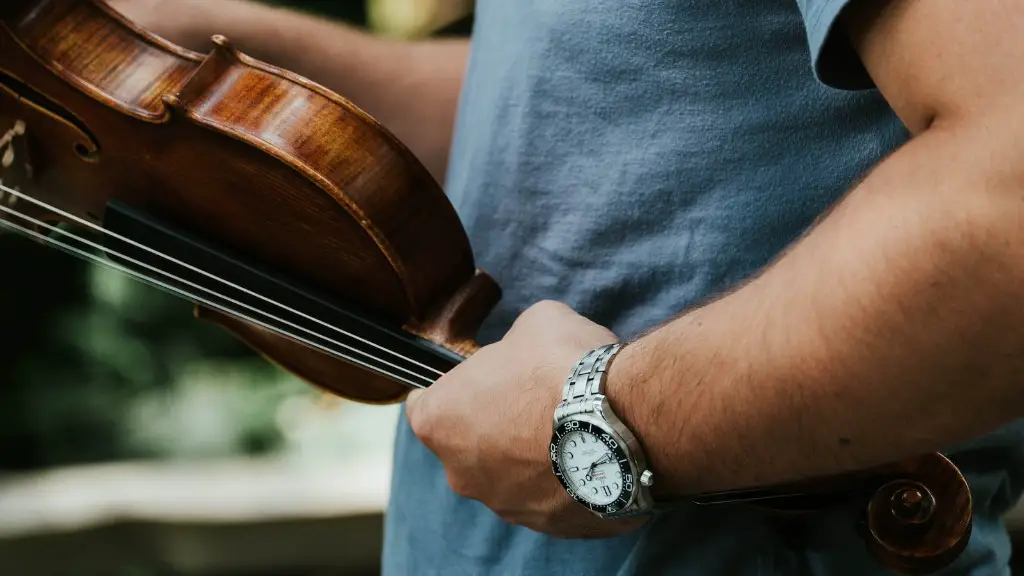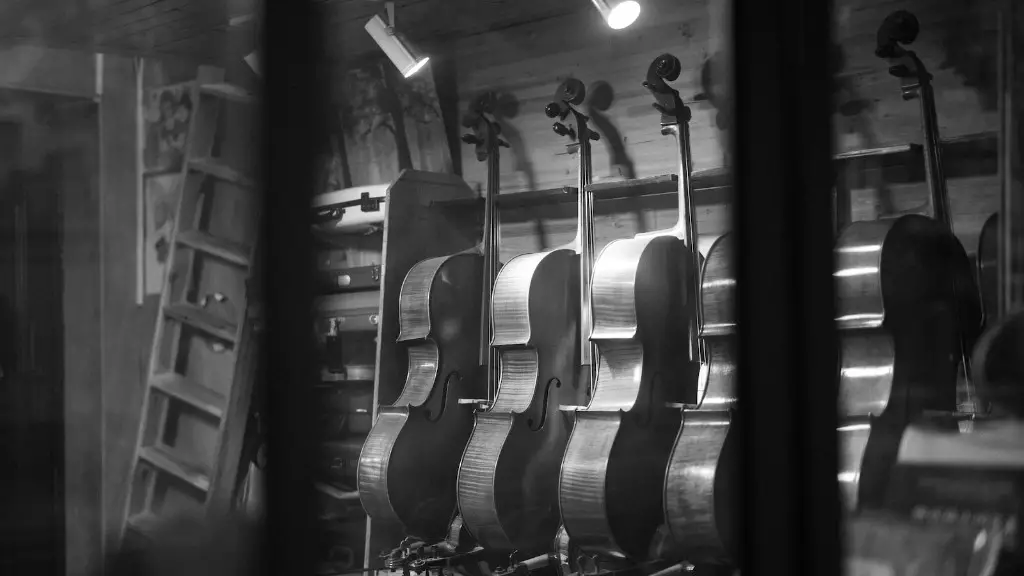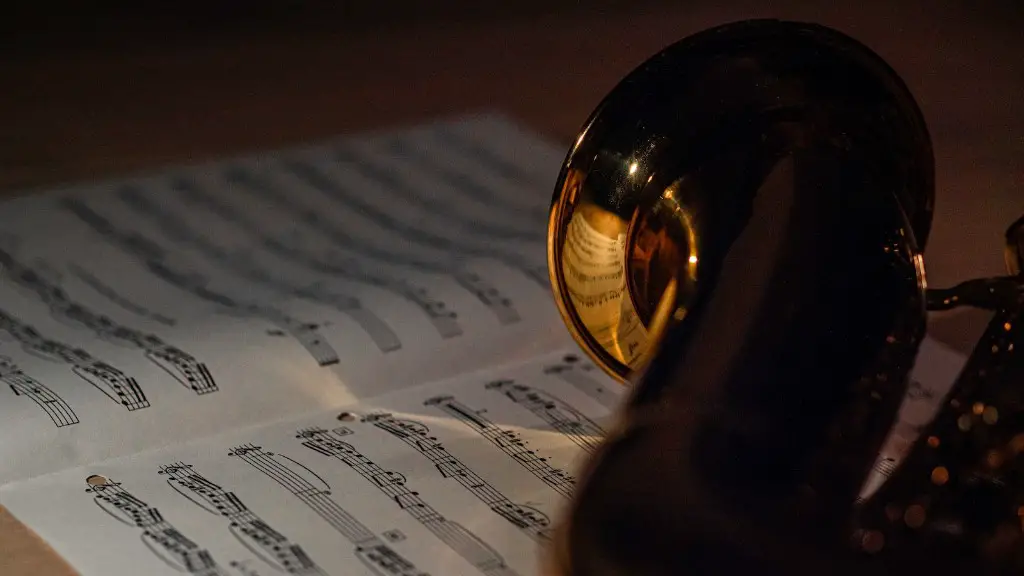Picking the right size of violin is essential for playing the instrument comfortably and achieving a good sound. Violin sizes are based on the length of their body and they range from 1/16 size to full size. Knowing what size is best for you will help you make an informed decision when looking to purchase or rent a violin.
The most important factor in determining violin size is the body length, which affects the playability and sound quality of the instrument. A smaller size will be lighter and easier to hold, but may produce a weaker sound; conversely, larger sizes may be more difficult to manage but usually produce a richer sound. To find out what size is best for you, it’s best to try different sizes and see which one feels most comfortable.
Range of a Violin
The range of a violin varies depending on the type. Generally, the range for a four-string violin is from G3 to F7. For a five-string violin, it is from C3 to B7. As for notes, violins can play the same notes as other instruments, such as guitars or pianos. However, the notes sound different when played on a violin due to its size and structure. The most common way to learn how to play notes on a violin is by using sheet music. Sheet music provides instructions that tell you which notes and chords to play on each string of the violin. Additionally, it provides instructions on how to use various techniques such as vibrato, slurs, and bowings. Learning how to read sheet music will help you develop your skills as a violinist and improve your playing technique.
How to Find Notes on Violin
Learning to read violin notes is an important part of mastering the instrument. Knowing how to read music will allow you to understand what is required of you when playing a piece of music. To find notes on violin, you will need to become familiar with the clef and note names for the violin’s range. You will also need to be familiar with the various techniques used for playing notes on a violin. Once these are mastered, you can start playing different pieces of music and enjoy making music.
The most common clef used for violin music is the treble clef, which indicates that all notes in the range are higher than middle C. The note names for this range are A, B, C, D, E, F, and G. To help learn these note names, it can be helpful to practice reading simple melodies that use only one or two of these notes at a time.
When reading a melody written in standard notation on the treble clef, it is important to remember that any note that appears above or below the staff indicates one of two things: either an octave higher or lower than what would normally appear on the staff. To play those notes correctly on a violin, specific techniques must be employed depending on what kind of sound is desired by the composer. These techniques include bowing and plucking strings using fingers or a bow as well as shifting positions along the fingerboard. With practice and dedication, anyone can learn how to read violin notes and be able to create beautiful melodies with their instrument!
Identifying Different Note Names on the Violin
Learning to identify different note names on the violin can be a challenging task for beginners. It is important to understand the basics of reading music notation and basic music theory concepts such as intervals, scales, and chords. This will help you to quickly identify different notes when playing the violin.
The most common method of identifying notes is by looking at an actual sheet music score. Notes can be distinguished by their shape, their location in relation to other notes, and their duration (length). Each note is written on a specific line or space on the staff, which represents a specific pitch. The higher up on the staff a note appears, the higher its pitch. Different clefs are used for different instruments, with treble clef used for higher pitched instruments such as the violin and bass clef used for lower pitched instruments such as cello or bass guitar.
It is also possible to learn how to recognize notes just by listening to them. By listening carefully and comparing one sound with another it can be possible to determine which note is being played. You can also listen out for intervals between two or more notes – such as minor thirds or major sevenths – which can give clues as to what specific notes are being played.
Finally, it is very useful to be able to recognize key signatures. A key signature is a set of sharps (#) or flats (b) at the start of a piece of music which indicates which key it will be in. All of the notes within this key will have these sharps or flats written above them so that they do not have to be written out each time they occur in the piece. Once you know what key signature you are dealing with you can then learn what all of the individual notes within that key are called.
How To Play A Scale On The Violin
Playing a scale on the violin is an important part of learning how to play the instrument. Scales are composed of notes that progress in a certain order and provide the foundation for playing melodies. Learning scales on the violin will help you become more familiar with the notes and their placement on the fingerboard, as well as give you practice in using correct bowing techniques.
To begin, identify which scale you would like to learn. Scales can be written in any key signature, so make sure to select one that best fits your current skill level. Once you have chosen a scale, locate the notes by referring to your music sheet or by using an online reference guide.
Next, practice playing each note of the scale until you can play it comfortably and accurately. Pay attention to which strings and fingers you use when playing each note; this will help ensure that your technique is correct and consistent throughout all of your scales.
Finally, practice playing the scale in both ascending (going up) and descending (going down) directions. Start slowly at first, then gradually increase speed as your technique improves. Make sure to use a metronome or other timer to keep track of your tempo. Playing scales regularly is an excellent way to build strength and accuracy in your bow arm. With enough practice, you will be able to easily transition between octaves and move through different keys with ease.
Essential Music Theory Concepts to Learn
Learning the essential music theory concepts is a great way to deepen your understanding of the violin. These concepts include the fundamentals of music notation, scales, chords, and rhythm. Understanding these concepts will help you compose and play music more effectively. It is also important to learn about key signatures, intervals, and transposition. Once you have mastered these basics, you can move on to more advanced topics such as improvisation and composition. Knowing how to find notes on the violin is a crucial skill for any musician. To do this, you must understand the note names of each string and fingerboard position. Additionally, it is important to be able to recognize patterns in chord progressions and scales so that you can find any note quickly and accurately. With practice and perseverance, you can master these essential music theory concepts and become an even better violinist!
Practicing Sight Reading on Violin
Sight-reading is an important skill for violinists to develop. It allows the musician to quickly identify notes on the instrument and play them accurately. Learning how to find notes on the violin can be a challenging task, but with practice, it can become second nature. The key to successful sight-reading is being able to recognize patterns in the music and develop muscle memory of where each note is located. A great way to practice sight-reading on the violin is through regular drills.
To begin, start by playing simple melodies with just one or two notes at a time. Then add more notes as you become more comfortable with the patterns and your fingers learn where each note is located. Be sure to practice using both hands so you can learn how to navigate through both treble and bass clef lines. You can also use flash cards to help you memorize notes and their locations quickly.
As you become more advanced in your sight-reading skills, try playing pieces that have a variety of rhythms and melodies. This will help you learn how to read multiple lines of music at once while keeping track of where each note is located. It’s also important to challenge yourself by playing pieces that are slightly above your skill level so that you can continue improving your sight-reading abilities.
By taking the time to practice sight-reading regularly, you’ll be able to find notes on the violin quickly and accurately when playing any piece of music. With enough dedication and focus, sight reading will become second nature and open up a whole new world of musical possibilities!
Final Words
In conclusion, determining the size of a violin is an important factor to consider when selecting an instrument. It is important to try out the violin before buying, as different sizes and shapes may feel more comfortable than others. The best way to determine the size of the violin is to measure from the neck down to the middle of the body of the instrument. Additionally, it is important to consider one’s own height and arm length when selecting a size so that it can be comfortable while playing. Be sure to try out several sizes in order to find the best fit for you.





